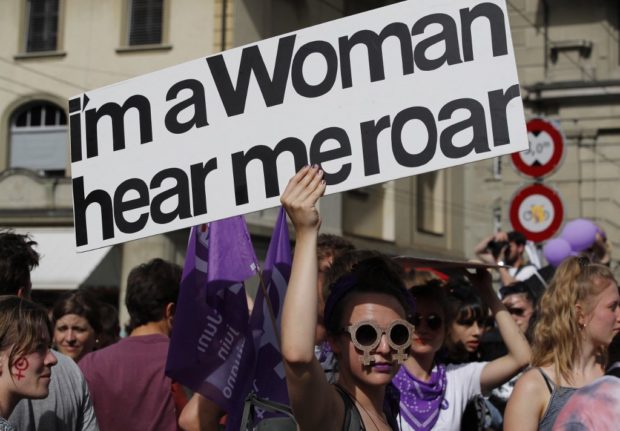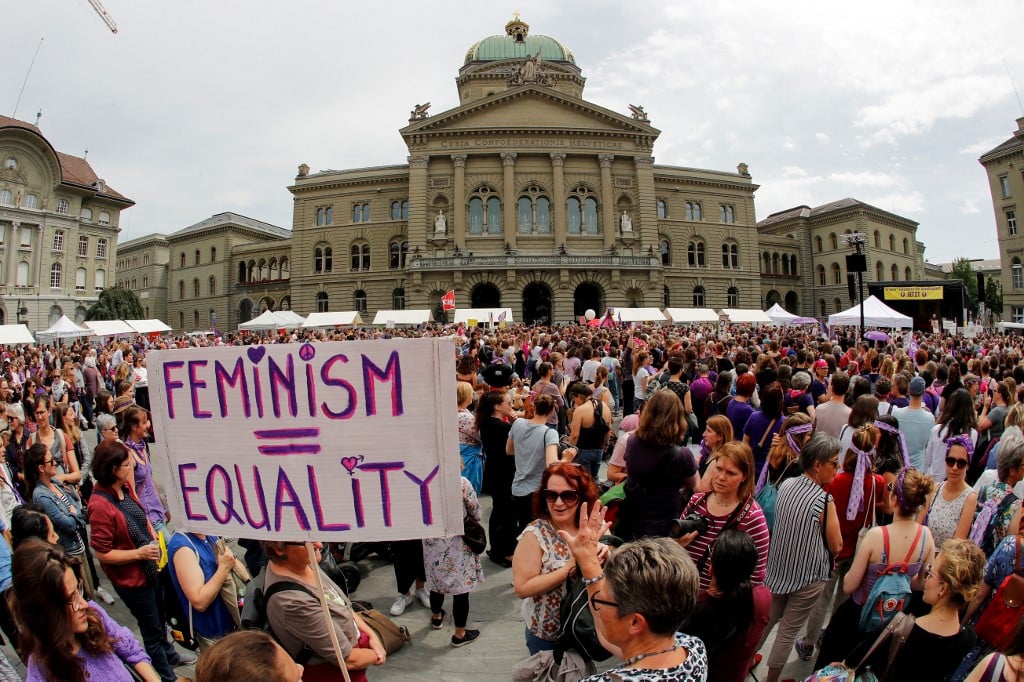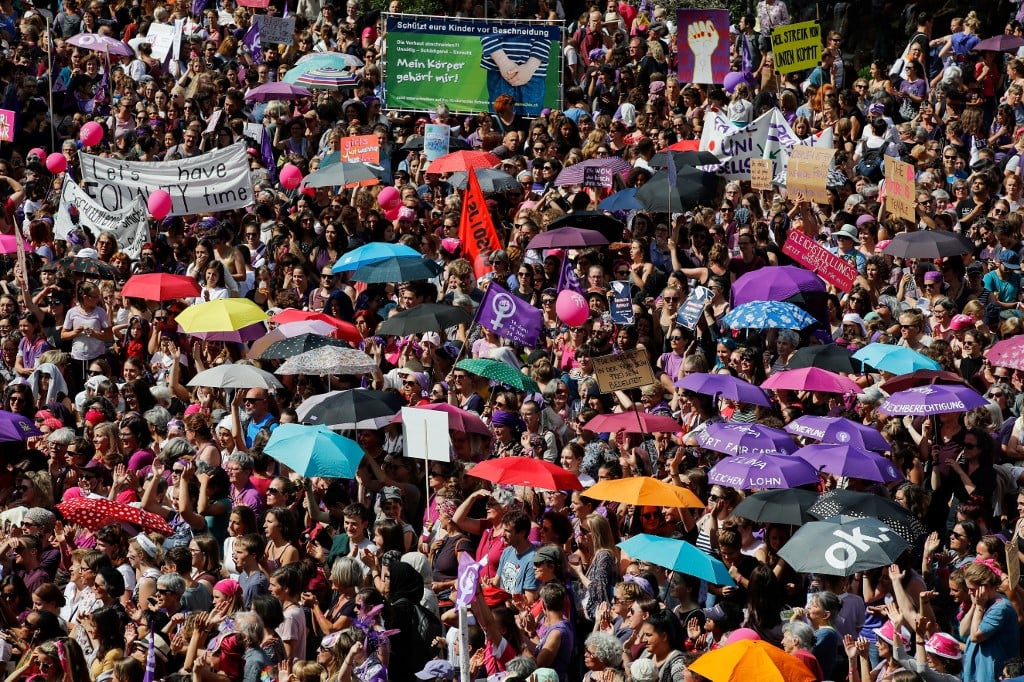In a piece profiling the research specialist, who holds a doctorate from ETH Zurich, Bilanz wrote that Darling gave lectures “with a deep cleavage and tight imitation leather pants”.
Darling, a researcher at the Massachusetts Institute of Technology (MIT) Media Lab, questioned the magazine's approach on Twitter.
A major Swiss newspaper just published a profile of me that talks about my cleavage. Just in case you thought sexism was over.
— Kate Darling (@grok_) September 27, 2018
Bilanz later amended the article and apologized for using the “wrong words”.
Thank you @bilanz for the prompt response, I appreciate it. ❤️ https://t.co/YcttJge5s7
— Kate Darling (@grok_) September 27, 2018
Darling was born in the US but grew up in Basel and is listed by Bilanz as one of Switzerland’s 100 Digital Shapers, pushing the boundaries of digitalization.
Her website explains that she “explores the emotional connection between people and life-like machines, seeking to influence technology design and policy direction.”
Check out the video below to learn more about Darling's thoughts on robot ethics.
READ ALSO: 14 fascinating facts about the history of women’s rights in Switzerland





 Please whitelist us to continue reading.
Please whitelist us to continue reading.